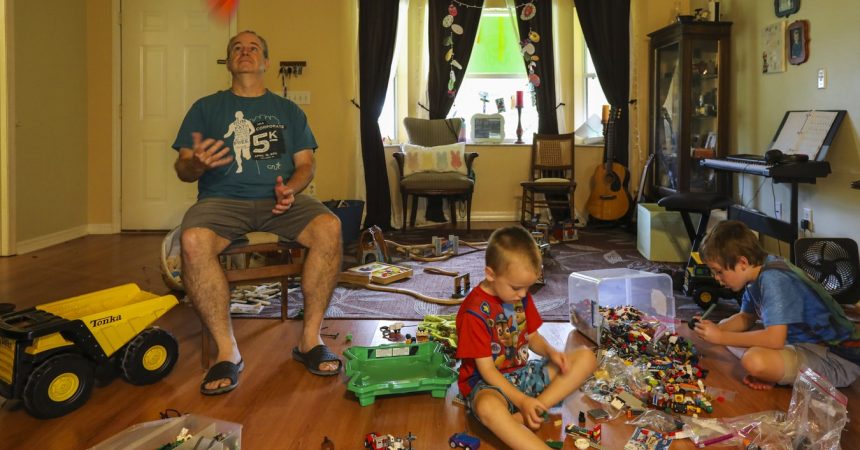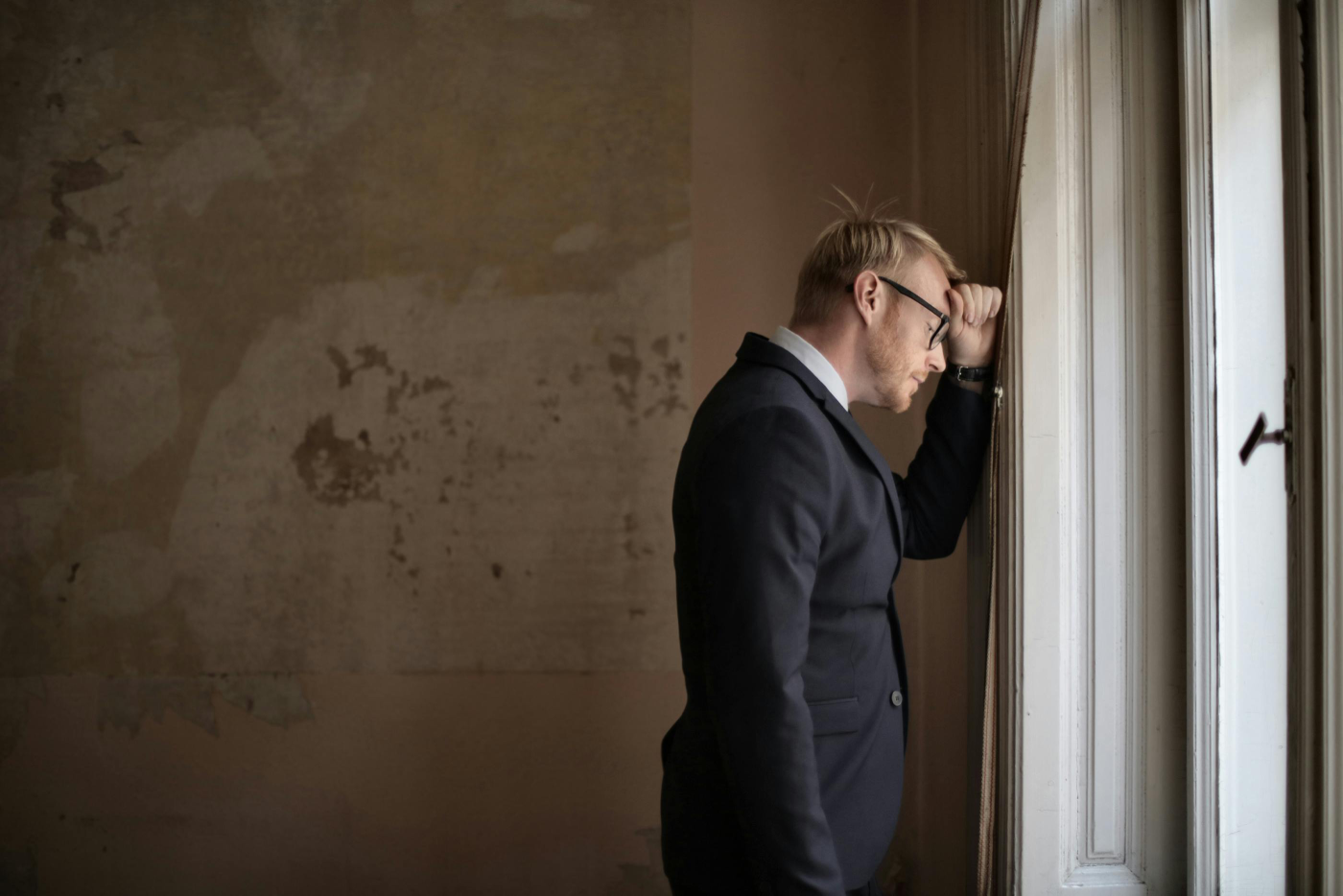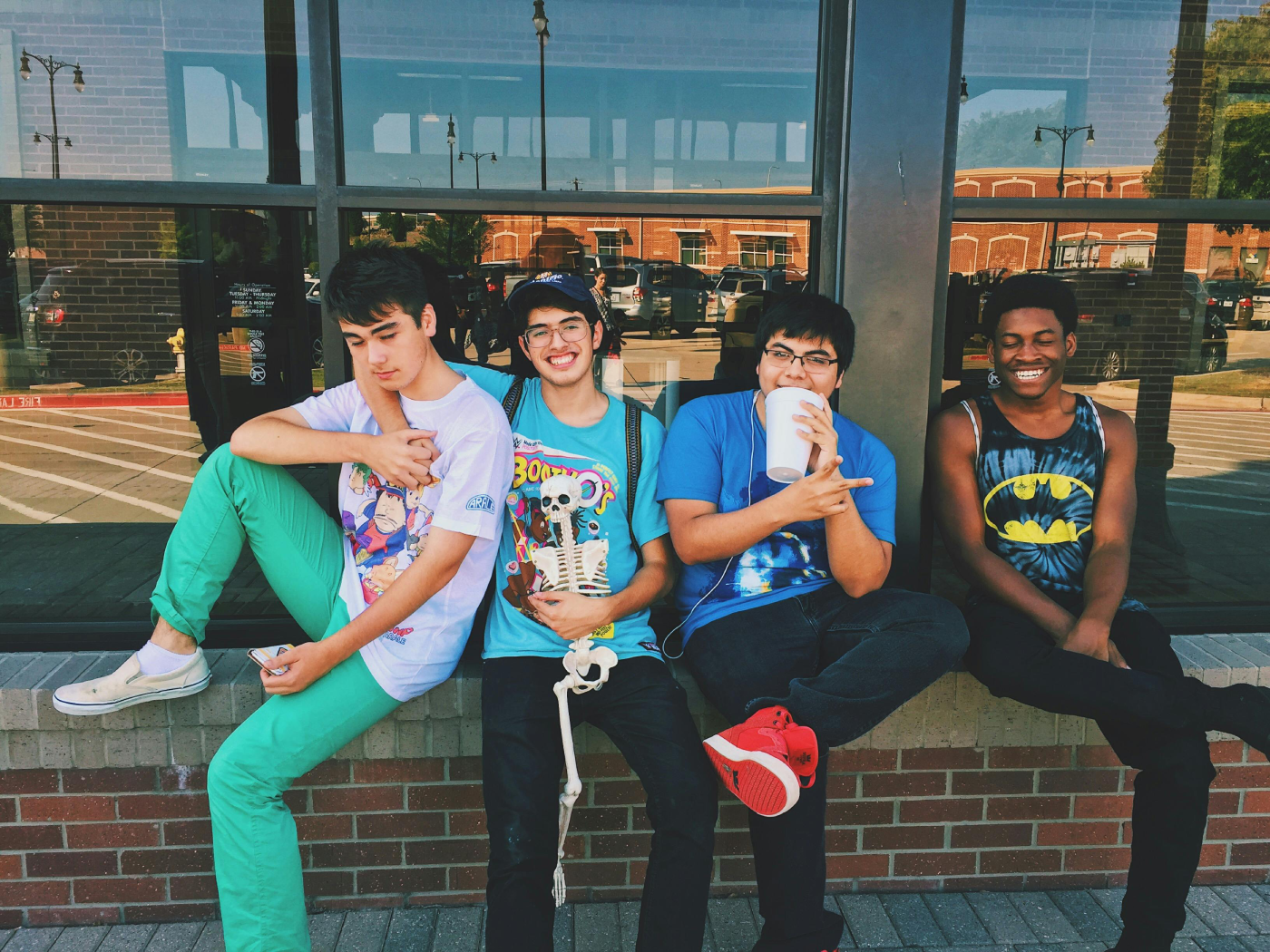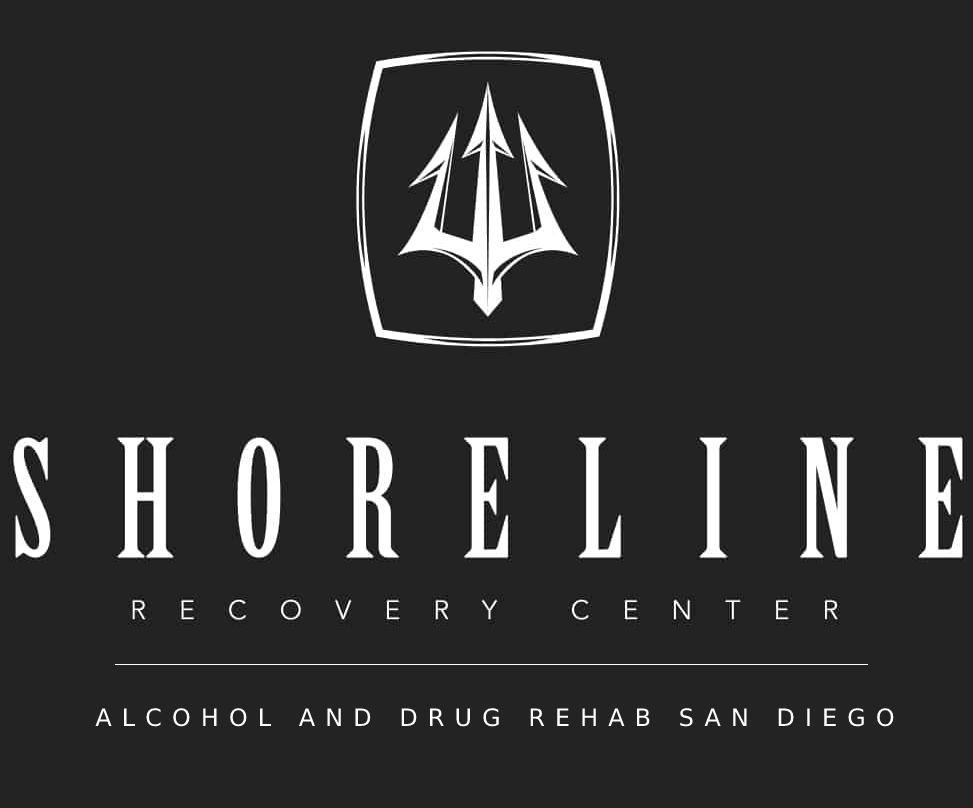What is attachment?
Some individuals are entirely at ease; they have a very aloof personality and come across as confident no matter what happens in the relationship. However, there are many relationships where individuals require constant reassurance, with anxiety at an all-time high. According to attachment theory, it is heavily due to individuals having grown up with different attachment styles.
Attachment styles are characterized by various ways of interacting and behaving when it comes to relationships. During early adolescence, these types of attachment styles are centered on how a child and their parents interact with one another. According to the attachment theoryAinsworth’s theory entirely pioneered by British psychiatrist John Bowlby and American psychologist Mary Ainsworth, the quality of the bonding you experienced during this first relationship with your primary caretakers will often determine how well you relate to other people and respond to intimacy throughout life.
Attachment in your younger years
If you grew up as a child with a parent or primary caretaker making you feel understood, safe, and at ease, responding to you almost instantly if you began crying and accurately interpreting your developing physical and emotional needs, then there is an increased likelihood that you would have developed a successful and secure attachment. Fast forward to when you become an adult; this would usually translate into you creating healthy, positive relationships. As an individual, you would feel:
- Self-confident
- Hopeful for the future
- Trusting in others
- Able to manage forms of conflict in a healthy way
- Navigate the positives and negatives of a relationship
- Respond to intimacy
On the other hand, if you grew up in an environment where you felt frightened and confused or your emotional needs were rarely met, inconsistency with emotional communication, if your parent or primary caretakers was unable to respond to your needs consistently, then there is a high possibility that you have experienced an unsuccessful or insecure attachment.
What are attachment theory types
Young children who often have insecure attachment styles will grow into adults who find it challenging to understand their own emotions and others—resulting in limiting their ability to build and maintain stable, close relationships with loved ones. Individuals with insecure attachments will find it hard to connect to others; they will often shy away from intimacy or becomes very clingy, anxious or fearful, and avoidant within a relationship.
Four distinct styles of attachment have been identified by Mary Ainsworth; these are:
- Secure attachment– autonomous/great with positive emotions
- Disordered attachment – unresolved/confusing/apprehension
- Avoidant attachment – dissimssing
- Anxious attachment – preoccupied
Characteristic of attachment
John Bowlby believed that there are four distinguishing characteristics of attachment; they, there are as followed:
- Proximity Maintenance: The desire to be constantly near or with the individuals we are attached to
- Safe haven: The desire to run to the attached individual when in a time of need to feel safe and at ease
- A secure base: The attachment individual acts as a safe haven from which the attached individual can feel at ease exploring the environment
- Separation distress: High-intensity anxiety occurs when the attachment figure is away from the attached individual
Bowlby expanded on his own theory and expressed three critical propositions about his approach. The first was that he suggested that when young children are raised with confidence, their parents or caretaker will always be available for them, no matter their emotional or physical needs. These individuals are significantly less likely to experience any form of fear within relationships against children raised without such conviction within their young lives.
Secondly, Bowlby wholly believed that this ‘confidence’ is continuously developed during the critical learning staged for a child within their infant and adolescence years.
The expectations formed during these years tend to remain relatively constant for the rest of that individual’s life.
The third and final proposition was that Bowlby suggested that these expectations formed through a young child’s life and are tied to experience as they grow. As a result, children will develop expectations that their parents or primary caregiver will be constantly responsive to their emotional and physical needs due to the fact that in ‘their experience,’ their primary caretaker has continuously been a response in the past.
Strange Situation’ Mary Ainsworth
Mary Ainsworth, one of Bowlby’s colleagues at the time and a psychologist herself, has expanded upon Bowlby’s original attachment theory by further identifying the difference in how young children handle separation from their parents. Ainsworth’s ‘Strange Situation experiment that commenced in 1969 went on to further identify four attachment types among young children, these were:
- Secure attachment
- Ambivalent attachment
- Dismissive avoidance attachment
The experiment involved Ainsworth observing young children between the ages of 12 – 18 months once they were put into a situation where they would be momentarily left alone and then reunited with their mother or primary caretaker. The experiment that took place would follow this general sequence:
1. Child and parent would be left alone together within a room
2. The young child would explore the room with the supervision of the parent
3. A stranger would then enter the room, start up a conversation with the parent and then approach the young child
4. The parent would then leave the room momentarily
5. The parent would then return to the room and comfort the young child
Based on several observations, Ainsworth was able to conclude the three attachment types amount young children.
The fourth attachment style
Off the back of Ainwoth’s other theory, two researchers Solomon and Main, added a fourth attachment called “Disorganized attachment – insurance attachment.” Various studies have supported Ainsworth’s theory entirely, with additional research revealing that these early attachmentAinsworth’s theory completely styles can help medical professionals predict how an individual may act later on in their lives.
Getting help for attachment style
Bowlby’s theory explored the idea that every single individual’s attachment style was always developed within the early years of everyone’s life and would remain practically unchanged throughout the rest of your life. However, neuroscience has shown us that things aren’t quite as simple as that.
Yes, we can alter how our brains work, think, and react to situations, events, and relationships. The first step to transforming your brain functions is to identify that there is a current harmful problem. The second is to begin making an active change within your life. Many studies worldwide have shown that cognitive behavior therapy leads to significant changes in how an individual feels, communicates, and reacts to an unpleasant situation.
Changing your attachment style
You can change your attachment style; however, this will take a lot of work, persistence, and patience to shift from an insecure to a secure attachment style. We have listed below a could of to start your journey:
Identify your negative relationship patterns:
Always start by thinking about the relationship you had with your parents as a young child/teenager. You will need to be brutally honest and ask yourself some questions such as:
- How did you respond to your parents?
- Who did you go to if anyone when you needed comfort or had a problem?
- Were your parents reliable?
This will help you get further clarity on what may have shaped your current attachment style.
Work on your self-esteem:
It is a generic characteristic across most insecure attachment styles to be very insecure, shy, and timid. You will need to learn and adapt to embrace yourself first. You are a human being who deserves to be valued and love in a healthy way
Get in touch with yourself:
All attachment styles are individuals who tend to form various insecure relationships because of their deepened fears that their relationship will ultimately not work out.
It is vital for you to figure out how to make yourself feel more secure and comfortable within a relationship. What are your needs and desires?
Don’t ever be afraid to seek therapy:
Therapy is not something to be embarrassed or afraid of. A therapist will help you dive into your attachment style in ways you may not have viewed. They will be able to open past events that possibly hurt you but with the results of helping you identify what went wrong and how to stop it from happening in the future. You will learn to create boundaries and establish healthy relationships.
A word from Shoreline Recovery Center
A parent’s job is to sculpt your child’s future ultimately. A primary caretaker or parent’s whole job if they decide to bring a child into the world is to be a constant positive and healthy figure emotionally and physically to ensure you are encouraging the secure attachment style, which will lead to that child having healthy attachments in their adult life.
Attachment patterns are passed down through the generations; young children learn how to connect and establish boundaries in their relationships from their primary caretakers, thus—teaching the next generation.







